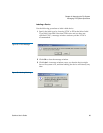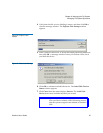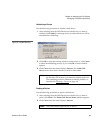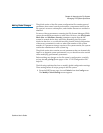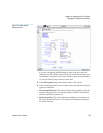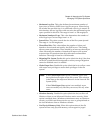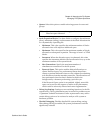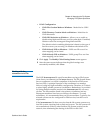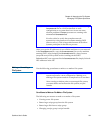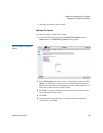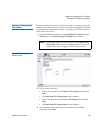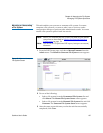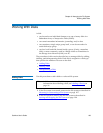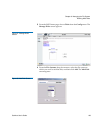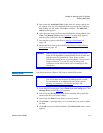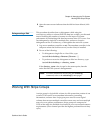
Chapter 6 Managing the File System
Managing File System Operations
StorNext User’s Guide 104
After you type the IP addresses of two reliable machines on your network
in the fsnameservers file, copy the fsnameservers file to every machine
running SNFS. After changing the fsnameservers file, always restart
(stop and start) all file system services running on the SNFS.
Redundant NICs are supported in the fsnameservers file; simply list both
NIC addresses in the file.
Making or Unmaking a
File System 6
Use the following procedures to make or re-make a file system.
Conditions to Make or Re-Make a File System
6
The following are reasons to make or re-make a file system.
• Creating a new file system
• Removing a stripe group from the file system
• Removing a disk from a stripe group
• Changing a stripe group's stripe breadth
Caution: It is extremely important that all copies of /usr/cvfs/config/
fsnameserver file in a SAN be identical. A stale
configuration on a system that is not in use can cause
election problems if fsmpm processes are running with
mismatched fsnameservers.
It is also critical to verify that complete network
connectivity exists between all systems running SNFS
(client or server). This is important because all StorNext
systems participate in the failover process.
Caution: This task destroys all existing data for the selected file
system and creates a new configuration. Making or re-
making a file system results in a complete loss of user data.
After creating a relation point on a managed file system,
you must delete and recreate the file system, not just
remake.



